Reduced Glutathione in Reducing Viral Virulence | Boyd Haley, PhD
The Research Indicated Role of Reduced Glutathione in Reducing Viral Virulence | Boyd Haley, PhD
IAOMT Annual Conference in Nashville, TN
September 12, 2020
Learning Objectives:
1. Viral infections are more severe in two general human groups, the aged, and those with underlying medical issues. There has to be some biochemical explanation for this and it likely involves the role of oxidative stress. This will be addressed.
2. The major role of reduced glutathione (GSH) is to scavenge hydroxyl free radicals which convert it to oxidized glutathione (GSSG). Both of these naturally occurring molecules are capable of attaching glutathione to proteins in a process call glutathionalyation which can change the function of the protein involved. Primarily, the role of glutathionalayation in response to viral infections will be presented.
3. The biochemistry of glutathione synthesis and the effects of diet and toxins on the level of reduced glutathione will be presented.
Dr. Boyd Haley obtained his MS in Chemistry at the University of Idaho and his PhD in Chemistry/Biochemistry at Washington State University. He was appointed to be Chair and Professor of Chemistry from 1996 to 2005 at the University of Kentucky. He retired in July 2008. He has lectured throughout the world and testified before Congressional Committees and the Institute of Medicine regarding various aspects of mercury toxicity and neurological diseases. In the past 6 years he had dedicated most of his research efforts towards the development of a safe and effective chelator for mercury, lead, cadmium and other toxic metals.
Disclaimer: The information provided on this video is not intended as medical advice and
should not be interpreted as such. If you seek medical advice, please consult with a health care
professional. Also, the information in this video represents the thoughts of the individual
speaker/s, and the views expressed in this interview do not necessarily reflect the views of the
IAOMT, its individual members, its Executive Committee, its Scientific Advisory Council, its
administration, its employees, contractors, sponsors, or any other IAOMT affiliates.
-
![Dr Sam Bailey: The Liver and Glutathione, the 'Immune' System’s Best Kept Secret! [Jan 20, 2021]](https://hugh.cdn.rumble.cloud/s/s8/1/G/N/J/g/GNJgk.0kob-small-Dr-Sam-Bailey-The-Liver-and.jpg) 9:28
9:28
KimOsboel
1 year agoDr Sam Bailey: The Liver and Glutathione, the 'Immune' System’s Best Kept Secret! [Jan 20, 2021]
3781 -
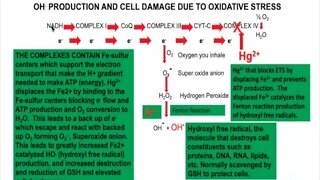 1:03:29
1:03:29
International Academy of Oral Medicine & Toxicology
1 year agoThe Biochemistry of Oxidative Stress | Boyd Haley, PhD, MIAOMT
206 -
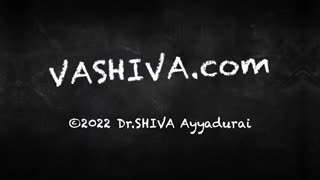 19:40
19:40
Dr.SHIVA Ayyadurai, MIT PhD. Inventor of Email.
1 year ago $0.01 earnedDr.SHIVA: Glutathione & Immune Health - A CytoSolve® Analysis
3782 -
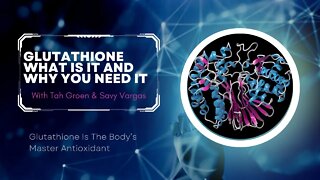 50:40
50:40
tahgroen
1 year agoGlutathione What Is It And Why You Need It
185 -
 1:41
1:41
"Holistic Harmony: Nourishing Mind, Body, & Spirit"
5 months agoMaster Antioxidant: The Power of Glutathione:
133 -
 2:54
2:54
FLCCCAlliance
1 year agoWhy not supplement with glutathione directly rather than NAC?
2721 -
 48:17
48:17
Wellness Talk with George Batista
7 months agoGlutathione: Why This Master Antioxidant Is So Important
472 -
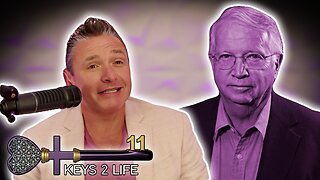 1:11:13
1:11:13
Stew Peters Network
11 months agoKeys 2 Life EP54: Boyd E Haley PhD | MERCURY AND YOUR HEALTH
33.1K3 -
 53:59
53:59
InfoHealthNews
3 years ago $0.04 earnedSupplementing With Glutathione - Dr. Joel Wallach Radio Show March 2,2021
311 -
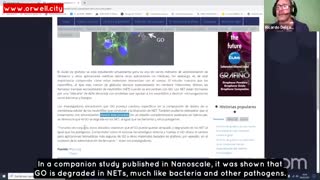 21:37
21:37
TezdogH48
1 year agoTruth Dog Vaccine Cure from Graphene oxide Poisoning
3542